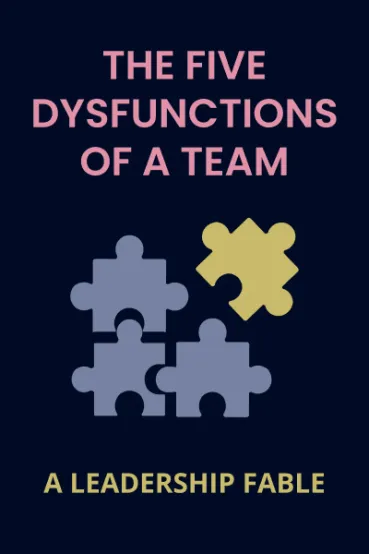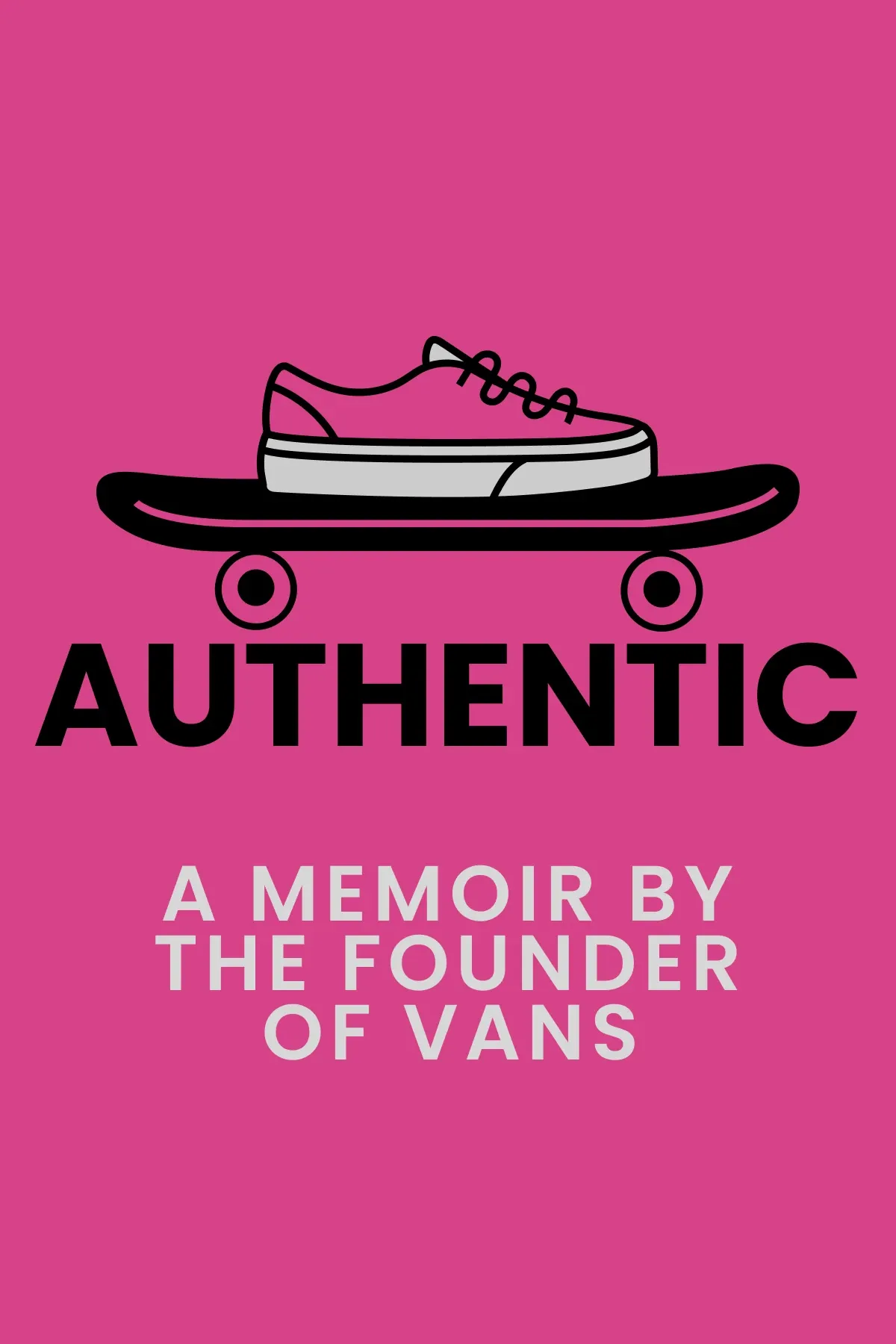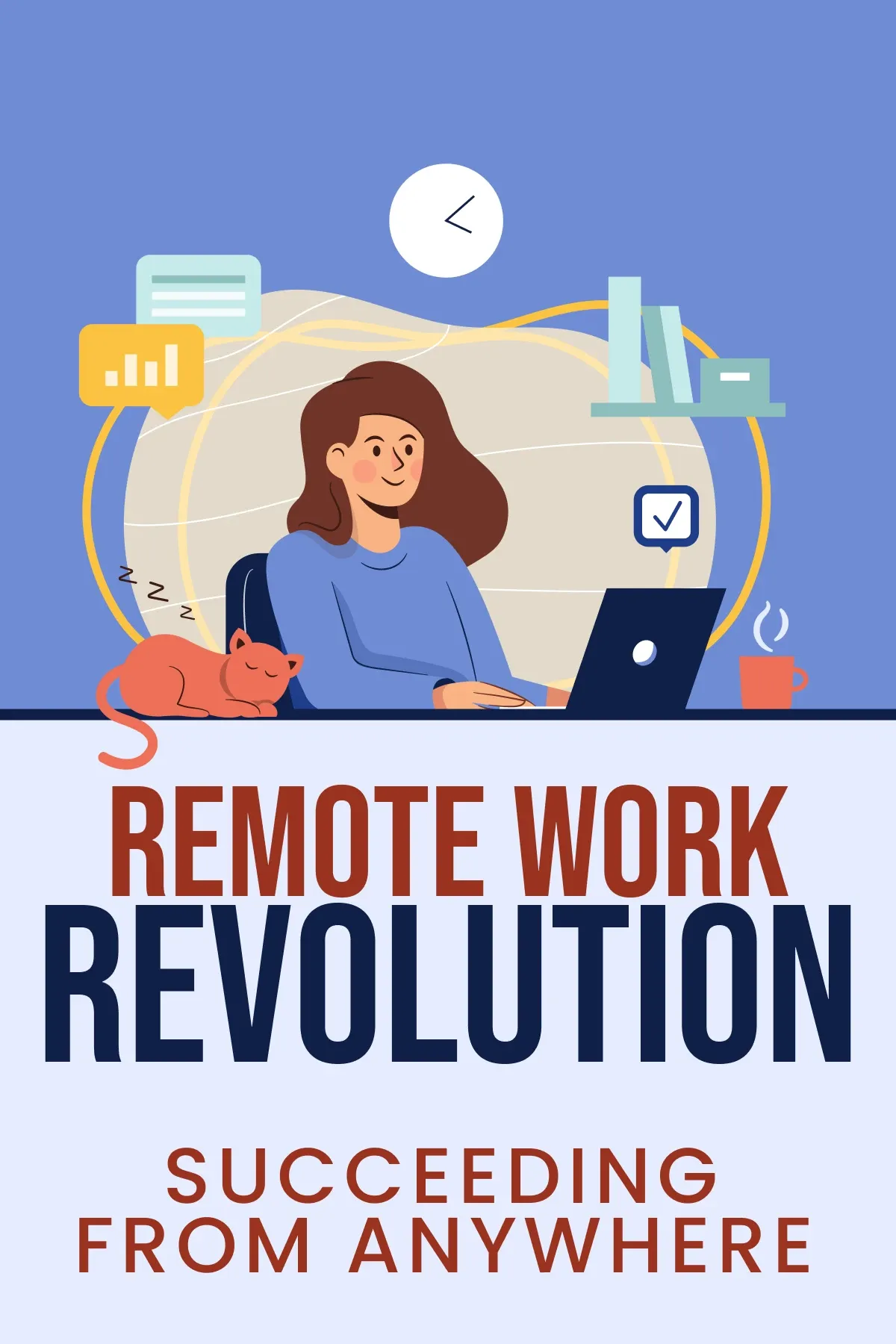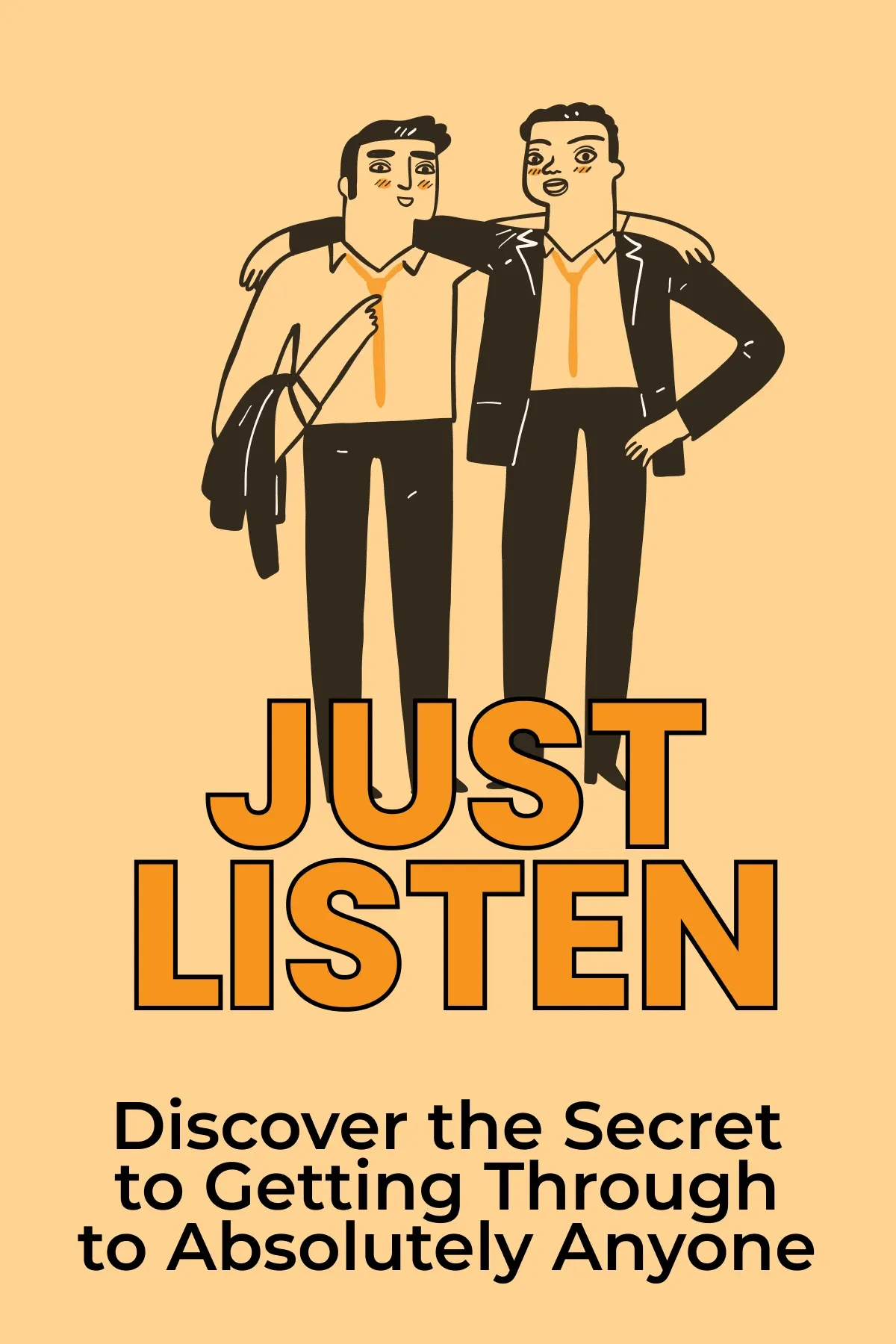
The Five Dysfunctions of a Team
Brief Summary
Experienced executives, hardworking staff, and a great business plan—and your team still doesn't show the needed results? There must be some kind of dysfunction, or maybe more than one. To find a solution, read “The Five Dysfunctions of a Team” by Patrick Lencioni and make your team invincible!
Topics
Key points
Key idea 1 of 7
After a career in the automotive world, Kathryn found herself in the position of CEO of DecisionTech, Inc. Not many people thought she was the right person for the job, but the board chairman knew Kathryn was the best choice.
In DecisionTech, executives had undisputed intelligence and impressive skills. All of them graduated from leading educational institutions with remarkable academic achievements. Nonetheless, no one ever called them “a team.” They were staff, professionals, experts, but never a team. Others would have overlooked such an inconsequential fact, but Kathryn knew there was a good reason behind it.
The executives didn't quarrel or make insulting jokes about each other. Still, every meeting was a burden for them. The staff could not find a common language, making discussions uncomfortable and awkward. As a consequence, wrong decisions and tension were constant.
One day, Kathryn took the executives and headed out to Napa Valley. She organized this off-site event to explain a few crucial points to the staff. Once everyone was seated, Kathryn greeted her colleagues and got down to business. She started with the positive facts—the finances were top-notch, and their executive team was talented and experienced. However, DecisionTech lagged behind its two main competitors in terms of revenue and customer numbers. What was the problem? That's the question Kathryn asked her coworkers, but no one could give an answer.
Eventually, she answered it on her own. It was all about a lack of team spirit and understanding—they were not a team. Kathryn stated that their top priorities were higher revenue and client retention. It was impossible to work on those as a team without addressing issues that prevented them from genuine collaboration.
Then, Kathryn asked the next significant question: How would they accomplish this? In her experience, five things make a team dysfunctional. Kathryn drew a large triangle on the board, dividing it into five sections with four horizontal lines. At the bottom of the triangle, she wrote “Absence of Trust”—dysfunction number one. Kathryn then wrote dysfunctions two and three—Fear of Conflict and Lack of Commitment. And the last ones—Avoidance of Accountability and Inattention to Results.
You may also like these summaries











